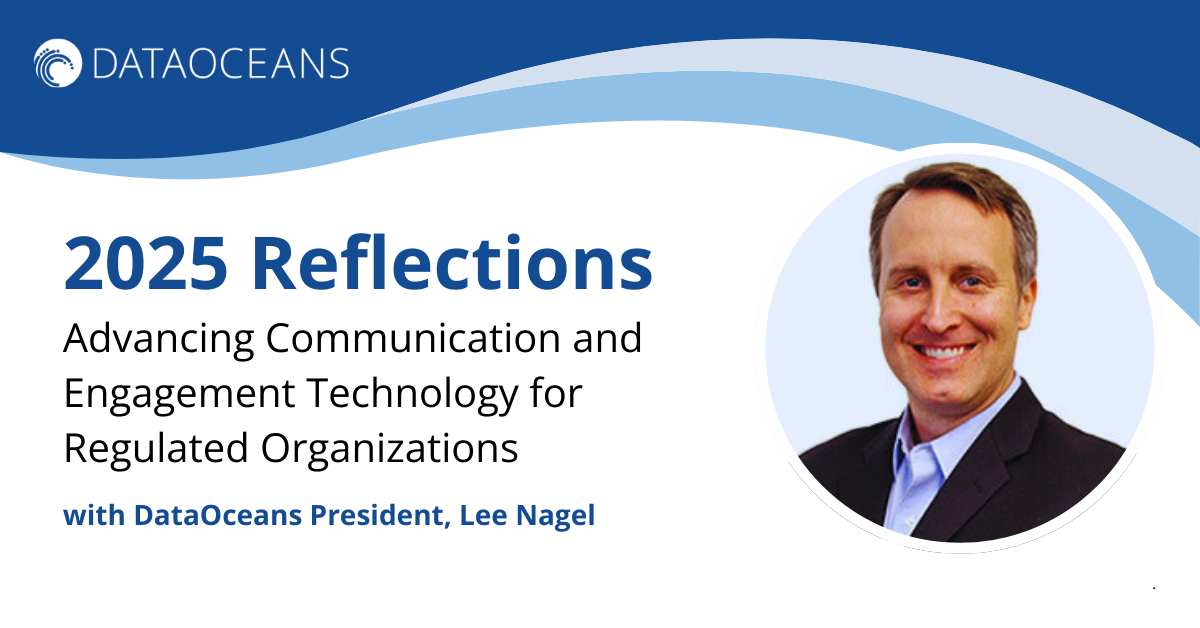Your front-line employees are the face of your company and a frequent point of contact between your bank or credit union and your customers. So it follows that if your employees aren’t engaged at their jobs, the customer experience will suffer for it.
And while analytics are a critical way to uncover insights into customer behavior, front-line employees can contribute insights about processes and friction points that aren’t obvious in your metrics. Employee engagement is a measurement of how much employees value the company they work for and the customers they serve. Engaged employees will have the motivation to share their insights while disengaged employees won’t.
Here’s one example: customer service representative Diane notices she sometimes encounters an error when updating non-US phone numbers on one particular field in her bank’s administrative portal. When she reports this to her supervisor, it is treated as an error on her part. The problem does get submitted as a ticket to IT support, but the developer assigned the ticket dismisses it outright as user error. And yet, a few months later, the error occurs again with a different customer. Diane knows better by now. She passes the problem on to Chantel, a more senior employee who devises a complicated manual workaround to update the phone number.
Six month later, while working on another issue the developer encounters the same problem, and fixes the code causing it. But no one tells Diane or Chantel, who’ve learned the lesson of not bothering IT, and now proactively use the manual process to update all foreign phone numbers. They’ve added a customer friction point and manual process for all foreign accounts. Even worse, the negative feedback she received when reporting the bug has left Diane feeling unheard and disengaged from her job.
How would this play out with an engaged employee base? The error Diane spots is seen as an important issue that impacts her ability to do her job, not as an error on her part. IT takes the ticket seriously and identifies the problem before a lapse of six months. Once it’s fixed, Diane is credited with uncovering the problem – and IT checks back with her to ensure that foreign phone number updates continue to work successfully. No manual workarounds are needed. And Diane and Chantel are both tapped to join a project rolling out new CSR functionality, where their opinions as users of the software are respected. Ultimately her experience prompts Chantel to move into a QA role at the bank. Diane continues as a CSR, but a more engaged one because she knows that her work is valued by the bank.
This isn’t simply a hypothetical example. Many studies have confirmed that employee engagement returns benefits to organizations, in the form of:
Increased revenue: Employees who are engaged are more likely to be invested in your organization’s success. They suggest new ideas and work harder to achieve revenue goals. In fact, a 2019 study by Aon found that shows that every five point increase in engagement levels leads to a 3% increase in revenue.
Improved customer experiences: Employee engagement is vital to excellent customer experiences. Engaged employees are more invested in the product and the business, so they’re committed to providing exceptional customer experiences. According to Gallup, highly engaged teams show 21% greater profitability.
Workforce cohesiveness: Employee engagement improves interactions within the business, not just with customers. When employees are aligned with a common goal, teams work better across departments and attrition diminishes. The Gallup study found that teams ranked in the top 20% for employee engagement show a 41% reduction in absenteeism and a 59% reduction in turnover.
How to Improve Employee Engagement
Ultimately, organizations can improve engagement by creating and modeling a company culture that respects and values its front-line workers. There are some strategies you can use to do this. Bear in mind that most employees develop a healthy skepticism about their jobs, and this is especially true for front line employees who are caught between the often-conflicting demands of leadership and those of customers. It may take some time to change the skeptical mindset of very disengaged employees.
For example, surveys are a common way to solicit employee feedback and to demonstrate to employees that their input matters. However, employees may not trust a survey, even when they are told it is anonymized. Similarly, company award programs can inspire healthy competition between employees, but may also be perceived as a way to pressure people to work harder. Longer term solutions – like employee brainstorming sessions and company training programs – are a more effective means to improve engagement.
Providing excellent customer experiences starts with your employees, and their experiences are deeply interconnected with those of your customers. You can help frontline staff do their jobs by optimizing the data and processes used to deliver customer communications. Talk to us about how our Oceanus customer engagement solution helps you create targeted, personalized interactions that increase customer satisfaction.



.png)